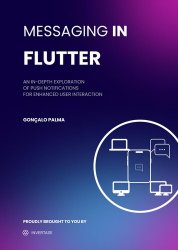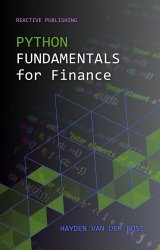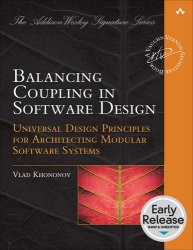 Название: Pro Spring Security: Securing Spring Framework 6 and Boot 3-based Java Applications, 3rd Edition
Название: Pro Spring Security: Securing Spring Framework 6 and Boot 3-based Java Applications, 3rd EditionАвтор: Massimo Nardone, Carlo Scarioni
Издательство: Apress
Год: 2024
Страниц: 301
Язык: английский
Формат: pdf (true), epub (true)
Размер: 14.8 MB
Build and deploy secure Spring Framework and Spring Boot-based enterprise Java applications with the Spring Security Framework. This book explores a comprehensive set of functionalities to implement industry-standard authentication and authorization mechanisms for Java applications. Pro Spring Security, Third Edition has been updated to incorporate the changes in Spring Framework 6 and Spring Boot 3. It is an advanced tutorial and reference that guides you through the implementation of the security features for a Java web application by presenting consistent examples built from the ground up. This book also provides you with a broader look into Spring security by including up-to-date use cases such as building a security layer for RESTful web services and JSON Web Token applications. Spring Security aims to be a full-featured security solution for your Java applications. Although its focus is on web applications and the Java programming language, you will see that it goes beyond these two domains. Because there are new things in the version, the baseline for Spring Boot 3 and Spring Security 6 is Java 17. For experienced Spring and Java developers with prior experience in building Spring Framework or Boot-based applications.
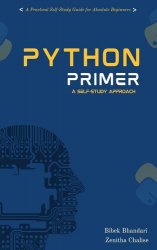
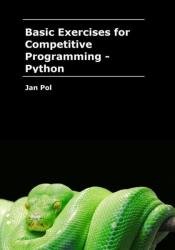 Название: Basic Exercises for Competitive Programming Python
Название: Basic Exercises for Competitive Programming Python